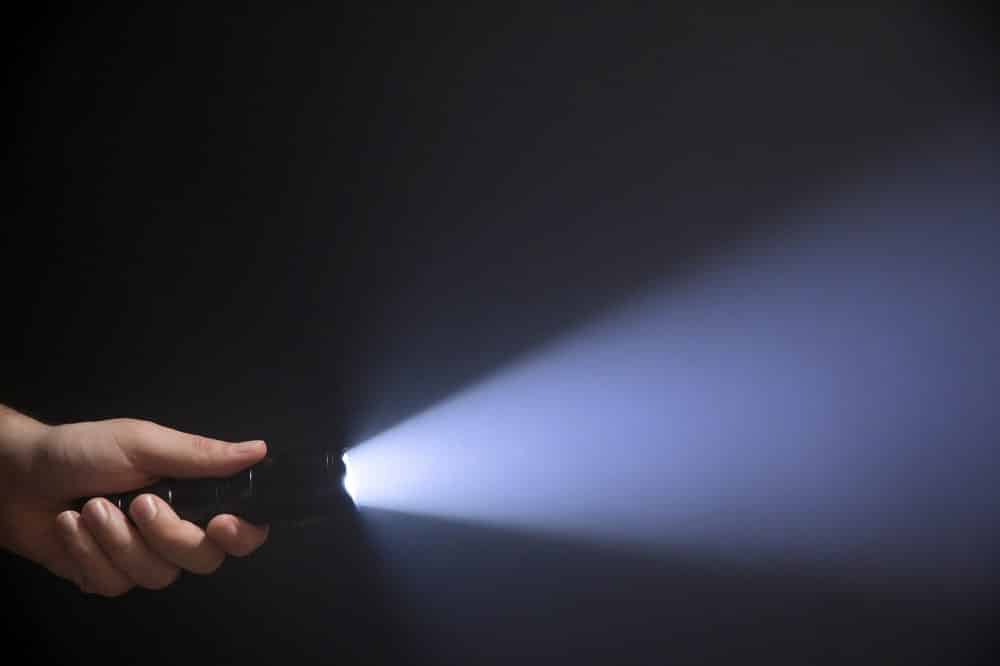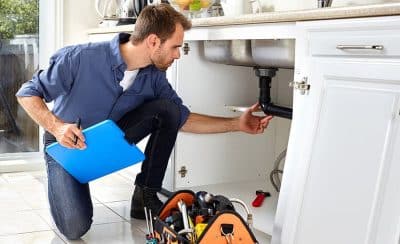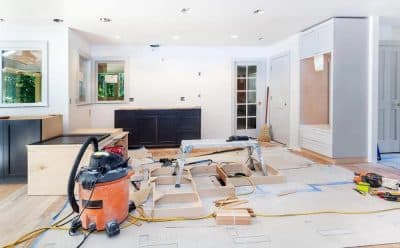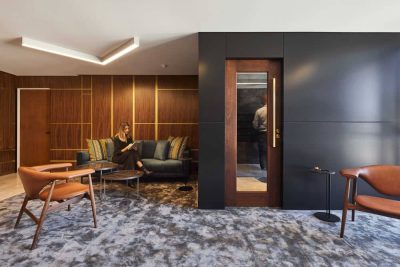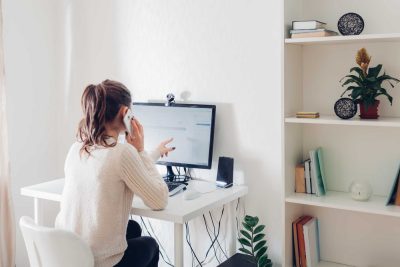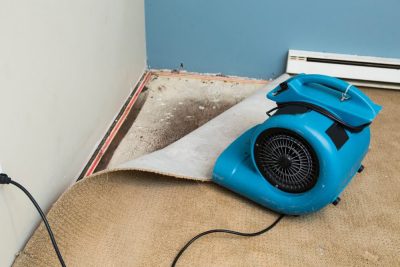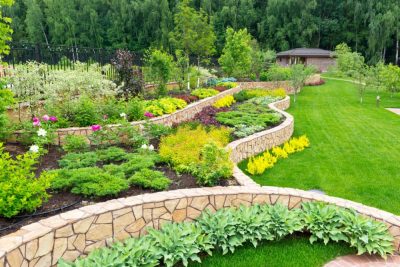
Being unprepared during a blackout can have various consequences. First, it increases the risk of injury. A power outage poses visual safety hazards, making it easy to trip and fall. Second, it may damage your electrical wires and equipment. Sudden power restoration may cause a power surge. Since certain electronics aren’t equipped for high voltages, the power surge can damage the appliances.
To mitigate these and other possible issues, you must prepare your home for a power outage. Here’s a guide to help you accomplish that.
Ways You Can Prepare Your Home For Power Outages
There’re many ways to prepare your home for a blackout. These include investing in a portable power station, a generator, a surge protector, flashlights, and durable batteries. Below is a detailed discussion of these strategies.
1. Buy A Portable Power Station
A portable power station is a device that provides off-grid electricity using a rechargeable battery. This equipment works like a power bank except it has a bigger capacity and an AC outlet. As such, a portable power station can power large equipment like kitchen appliances and provide electricity to the home during outages. It also has a USB port used for charging smaller gadgets like smartphones.
When looking for a portable power station, consider the following:
• Fast Charging
Portable power stations come in different outputs. If you want to charge your devices faster, choosing power stations offering fast charging options is best. However, some also have different output levels you can choose from.
A portable power station with fast charging options is great if you need to charge on the go, especially while hiking or camping. You can choose portable power stations with different outputs with a fast charging option from businesses like Ecoflow.
• Capacity
You want to ensure that your portable power station has enough capacity for your needs. Start by calculating the electricity consumption in your house, then use that calculation to choose an appropriate portable power station.
• Solar Powered Portable Power Stations
Another thing you may want to consider is solar-powered power stations. These machines are eco-friendly since they don’t require non-renewable energy sources.
Secondly, using solar power significantly reduces your electricity consumption, helping you reduce your utility bills. Finally, solar-powered portable power stations are also handy for camping and outdoor adventures.
2. Invest In A Generator
The main difference between a generator and a portable power station is that the former converts different types of energy into electricity. The typical energy sources for generators are usually diesel, gasoline, and natural gas.
While generators are expensive, they can be worth the investment. For one, these devices can power your entire home during blackouts. During a power outage, you can quickly resume your activities—like working from home.
Secondly, most generators can switch on immediately after the power goes out. This minimizes the risk of equipment damage, saving you from financial loss. Such generators are called standby generators. However, standby generators cost more than usual generators. If this isn’t feasible for you, you can choose a portable generator instead.
However, it’s vital to consider the fuel system. Most backup generators run on gasoline. When not used, the gas evaporates and can cause damage to your generator. Thus, you must conduct routine maintenance to ensure it’s running smoothly.
3. Purchase A Surge Protector
A surge protector is your best asset during a power outage. As mentioned, electricity restoration after a blackout can cause an overload of power. This extra voltage can damage your electronics. Remember, repairing or replacing them can be expensive and inconvenient.
A surge protector redirects additional electric current from large appliances to the outlet’s grounding wire, safeguarding your electronics. This works by using a metal oxide varistor (MOV). The MOV protects your electronics by creating a lower resistance when it detects a surge in energy. Fortunately, there are affordable options for surge protectors that you can use for specific appliances or electronics.
4. Invest In Flashlights And Durable Batteries
You may not know when power will be restored. Sometimes, you can’t wait until power is back to get stuff done around your home. This is where emergency flashlights come in.
Flashlights minimize visual safety hazards as you move around the house, avoiding incidents like slips and falls. A flashlight can also help you see when cooking, cleaning, or finding something during a power outage. However, to keep it functional, you need to have durable batteries. This saves you from running to the store during a blackout.
In Conclusion
Preparing for a power blackout is essential for homeowners. It reduces inconveniences and ensures your safety. One thing you can do to prepare for an outage is to invest in a portable power station. It acts as a backup to help charge your appliance during blackouts. Generators are also a good solution for power outages.
Besides charging your devices and generating electricity, you’ll need a surge protector to protect your machines from damage in case of a power surge. Flashlights also come in handy during a power failure. They’ll help you see and navigate your activities with ease. These are some of the steps you can take to prepare your home for power outages.
